The silent flowers
We usually first notice their beauty, their shape, their color, then when the charm has worked we delicately lean over them to smell their perfume and let the magic work.
But why do flowers smell good?
Flowers create and use their scent for several reasons:
To reproduce themselves, they need the help of insects that attracted by the fragrance, come and take pollen and deposit it on another flower, this is called pollination. Their wake is also a way to defend themselves and repel threats, such as fungi, animals, insects ... and it is a wonderful way of communication, because yes plants talk to each other. Flowers are part of our daily happiness, they perfume our gardens and our houses, they transport us and delight our senses, they help us convey a message when we offer them in bouquet, and they dress us when we wear them in perfume. And yet there are fragrant flowers that have never revealed their secrets to any perfumer, they are called "silent flowers".Lilac, Lily of the Valley, Peony, Honeysuckle, Lily, Hyacinth ... flowers that delight our senses in nature, that we also find in many perfumes, and yet it is impossible to extract their smell.
But if it is impossible to capture their fragrance how can we find them in a perfume?
Perfumers will, like an odor puzzle, reinterpret the trail of the flower. Indeed, we can juggle between different natural and synthetic materials, for those who wish, to recreate a smell.
Transcribing the smell of a flower is a game of patience.
A flower has several facets, it is composed of several different smells, it is therefore a difficult and meticulous exercise whose reinterpretation will vary from one perfumer to another, because each has his vision, his method and his olfactory sensitivity.To give you an example, to recreate the honeysuckle trail, I use jasmine, white flowers, honey, but also green and orange notes.
This is my way of reproducing the smell of honeysuckle, another perfumer may work it differently, he may perceive different facets.
Now you know the secret of these silent flowers. Maybe you will pay more attention to the different facets of their scent and try to guess how to reproduce their scent.






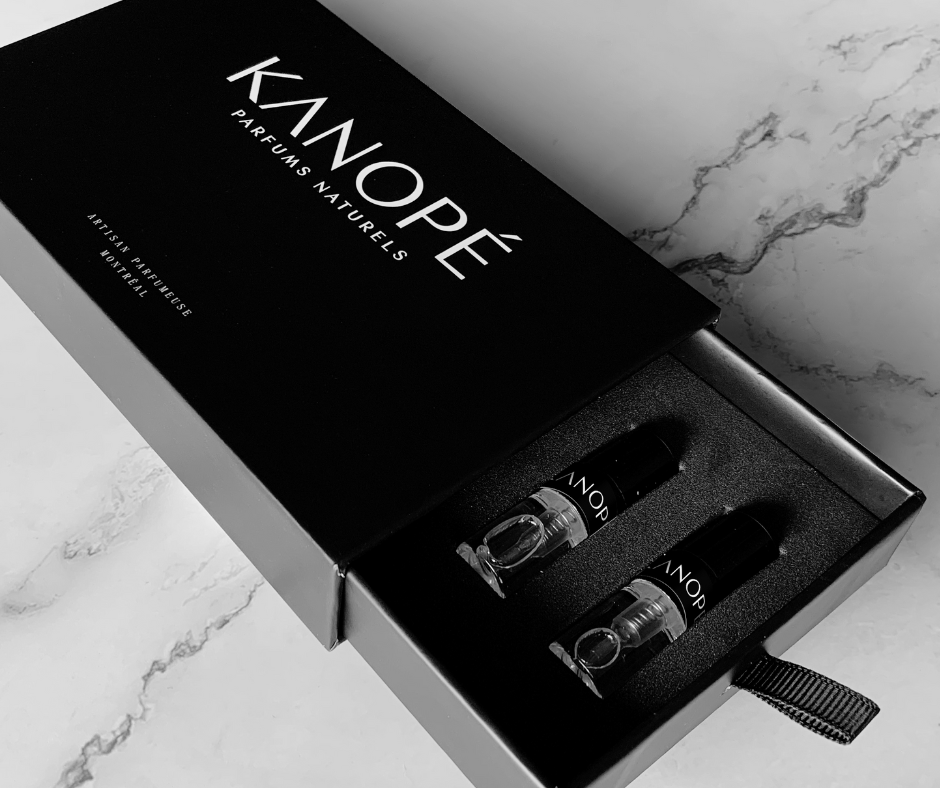





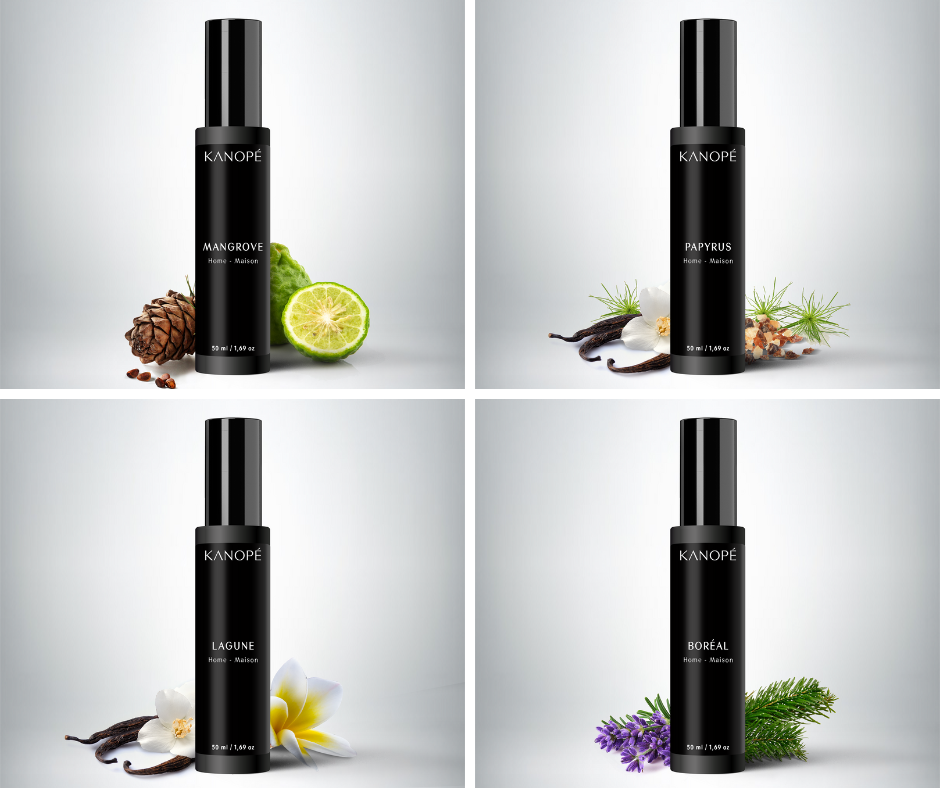
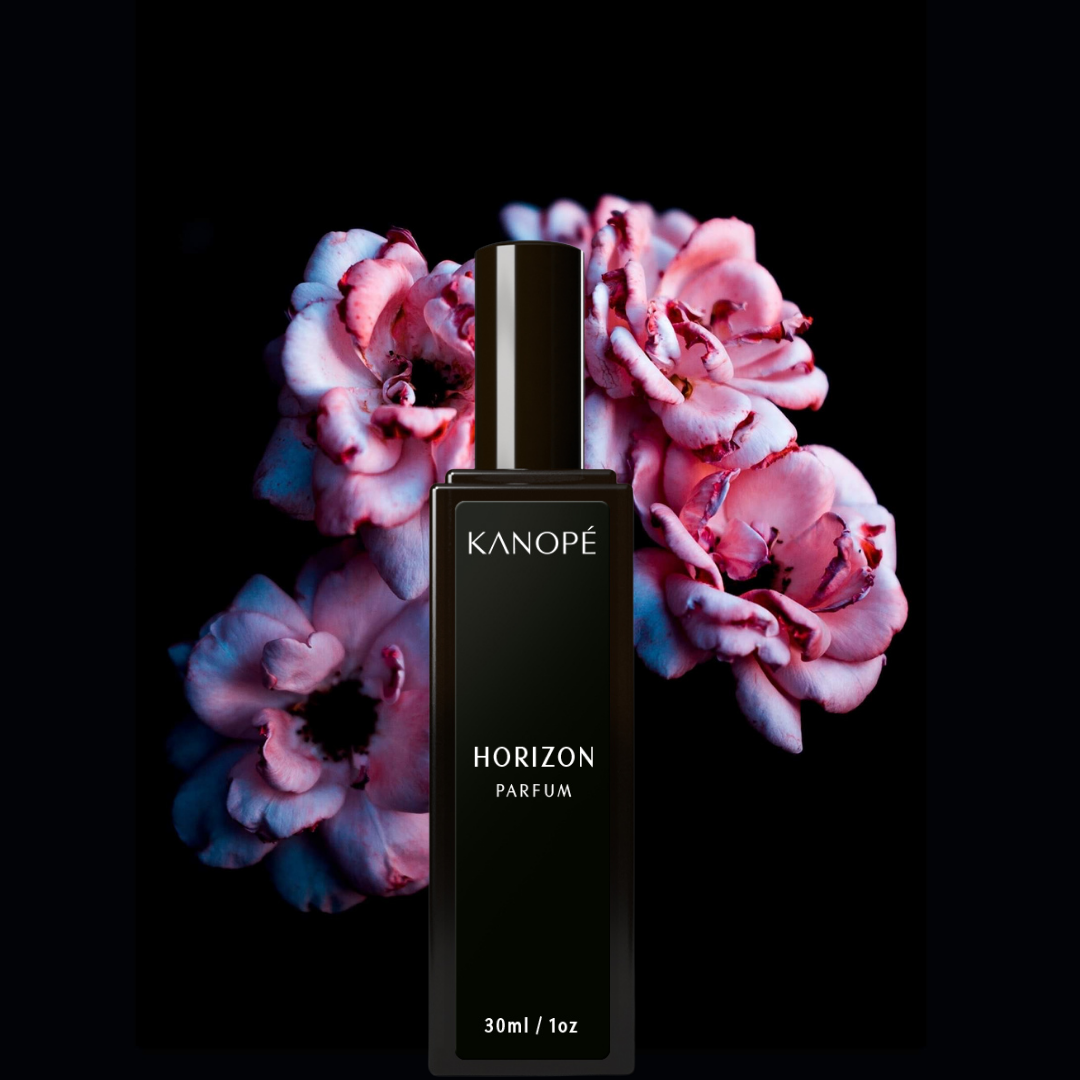
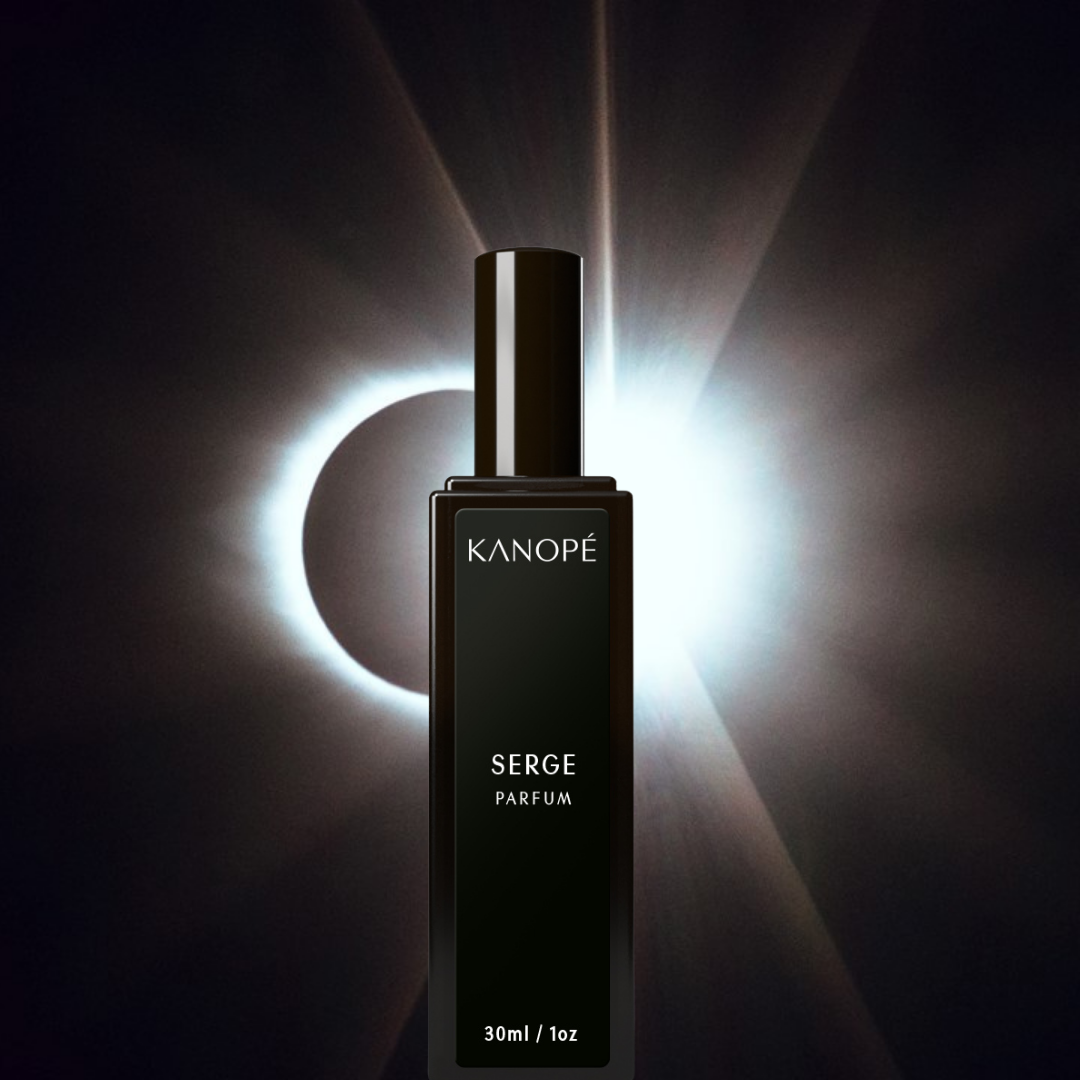
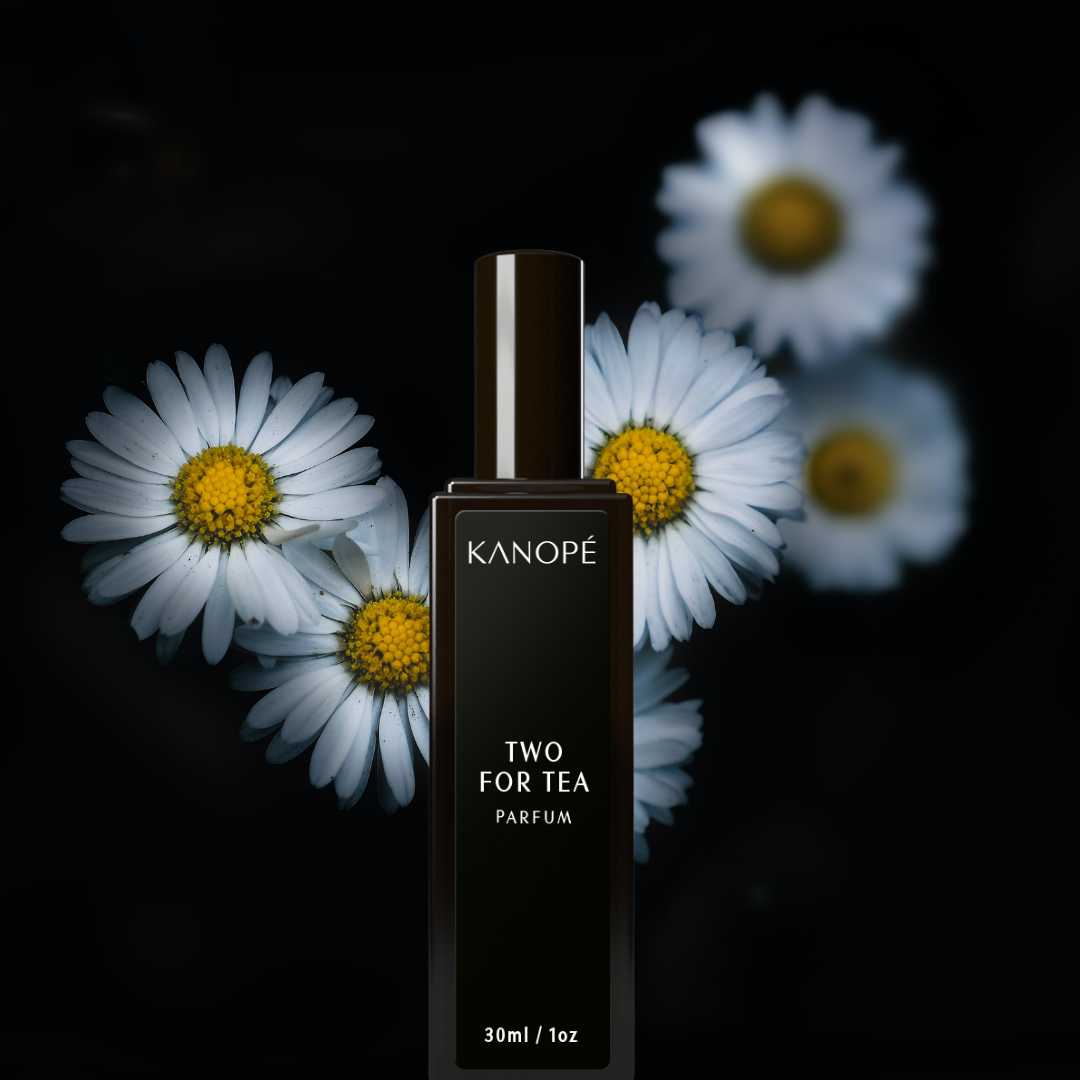
Leave a comment